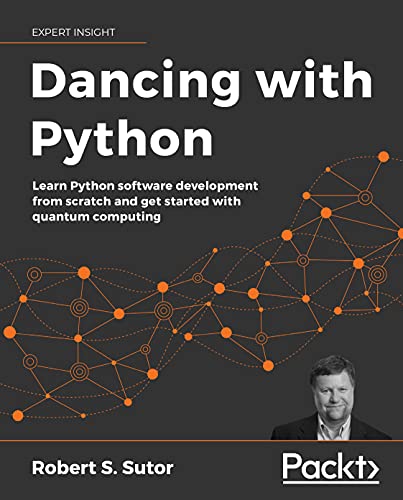Coding is the art and engineering of creating software, and Python has been one of the core coding languages for many years. This introductory Python book helps you learn classical and quantum computing in a unified and practical way. It will help you work with numbers, strings, collections, iterators, and files.
The book goes beyond functions and classes and teaches you how to use Python and Qiskit to create gates and circuits for classical and quantum computing. Learn how quantum extends classical techniques using the Grover search algorithm and the code that implements it. Dive into some advanced and widely used applications of Python and revisit strings with more sophisticated tools such as regular expressions and basic natural language processing (NLP). The final chapters introduce you to data analysis, visualizations, and supervised and unsupervised machine learning. By the end of the book, you will be proficient in classical coding and programming using the latest and most powerful quantum computers.
Who this book is for
The book is for Python and coding beginners. Basic familiarity with algebra, geometry, trigonometry, and logarithms is required as the book does not cover the detailed mathematics and theory of quantum computing. You can check out the author’s Dancing with Qubits book, also published by Packt, for an approachable and comprehensive introduction to quantum computing.
Key Features
- Learn Python basics to write elegant and efficient code
- Create quantum circuits and algorithms using Qiskit and run them on quantum computing hardware and simulators
- Delve into Python’s advanced features, including machine learning, analyzing data, and searching
What you will learn
- Create Python code using numbers, strings, collections, classes, objects, functions, conditionals, loops, and operators
- Write succinct code the Pythonic way using magic methods, iterators, and generators
- Explore different quantum gates and use them to build quantum circuits
- Analyze data, build basic machine learning models, and plot the results
- Search for information using traditional methods and the quantum Grover search algorithm
- Optimize and test your code to run efficiently
